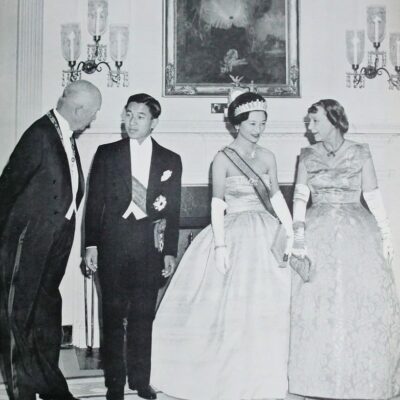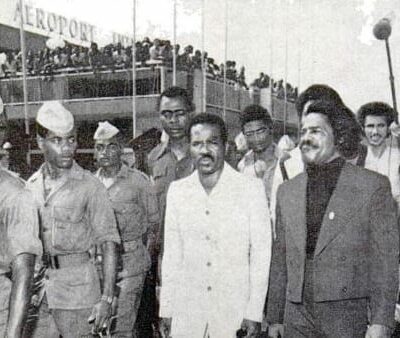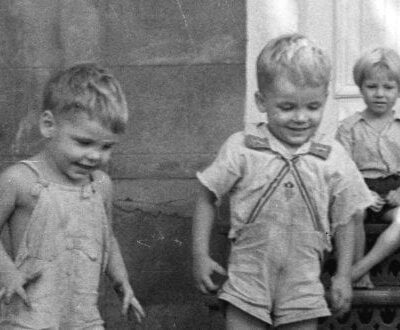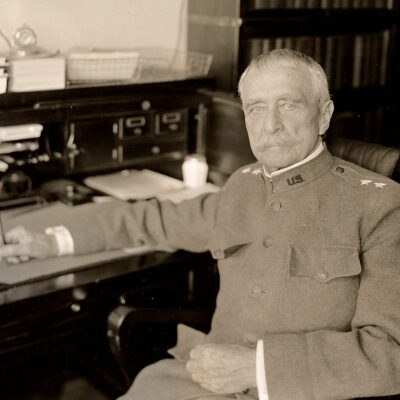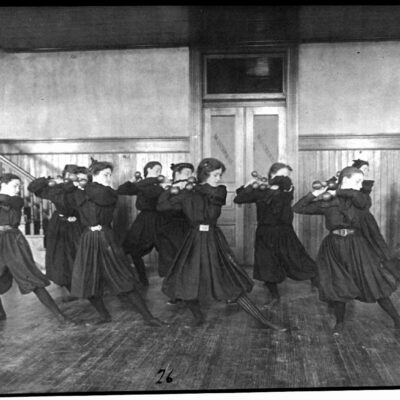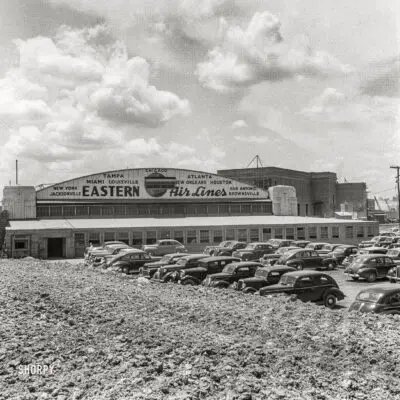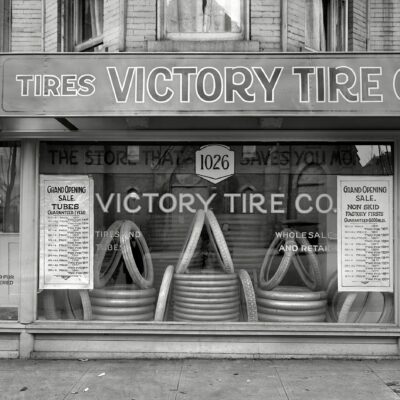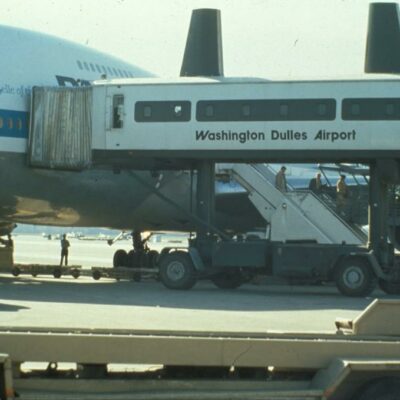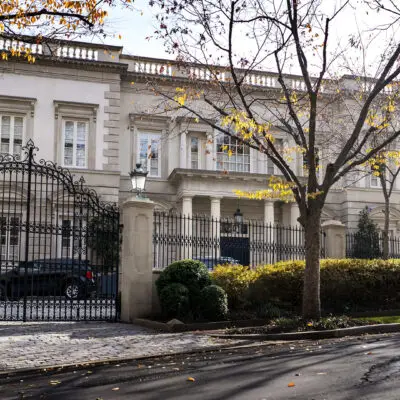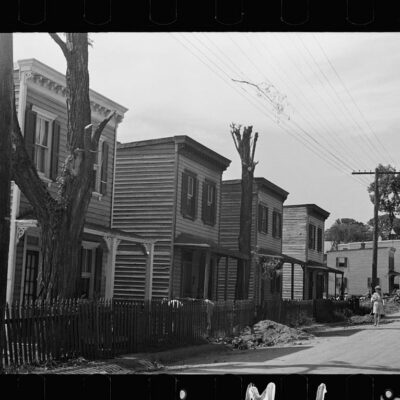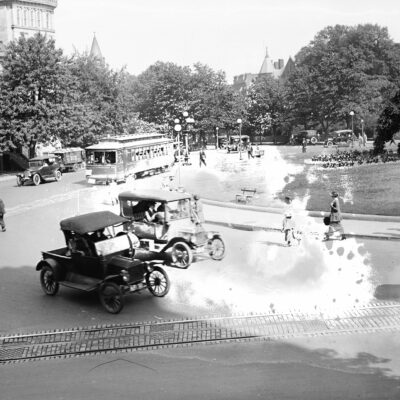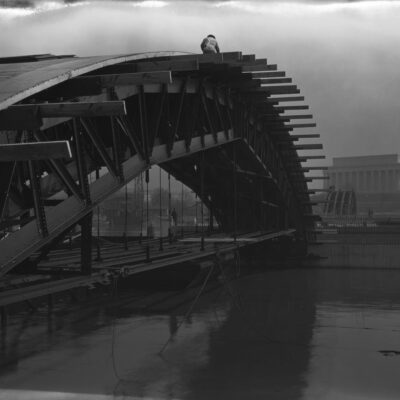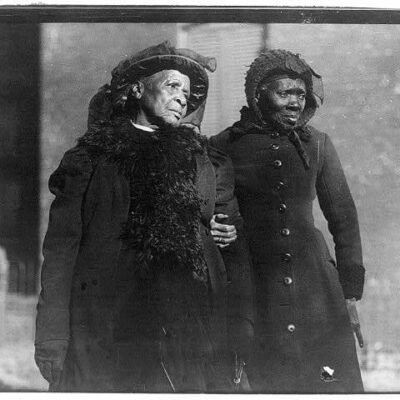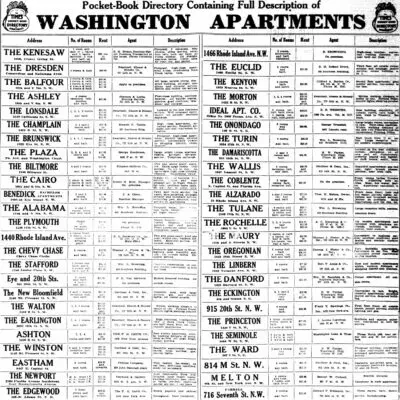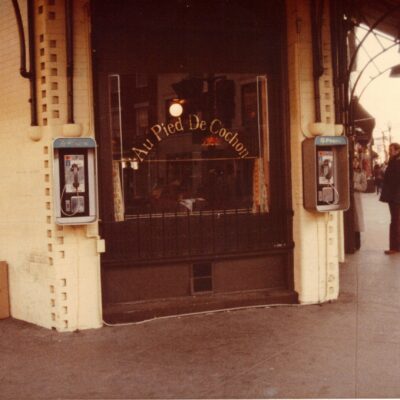In 1942, a photo by Albert Freeman captured a unique scene in Washington D.C.: the city grappling with a gasoline shortage. This shortage, a result of World War II’s demands, led to significant changes in everyday life, particularly in how people traveled.
The photo highlights a streetcar control tower, a key part of the city’s transit system at the time. With less gas available for cars, residents turned to streetcars as a primary mode of transport. The tower, now a piece of history, was central to managing these streetcars.
The streets, usually filled with cars, saw a shift. People adjusted to using more public transport and walking. This change, while small, was part of the broader impact of the war on daily life.
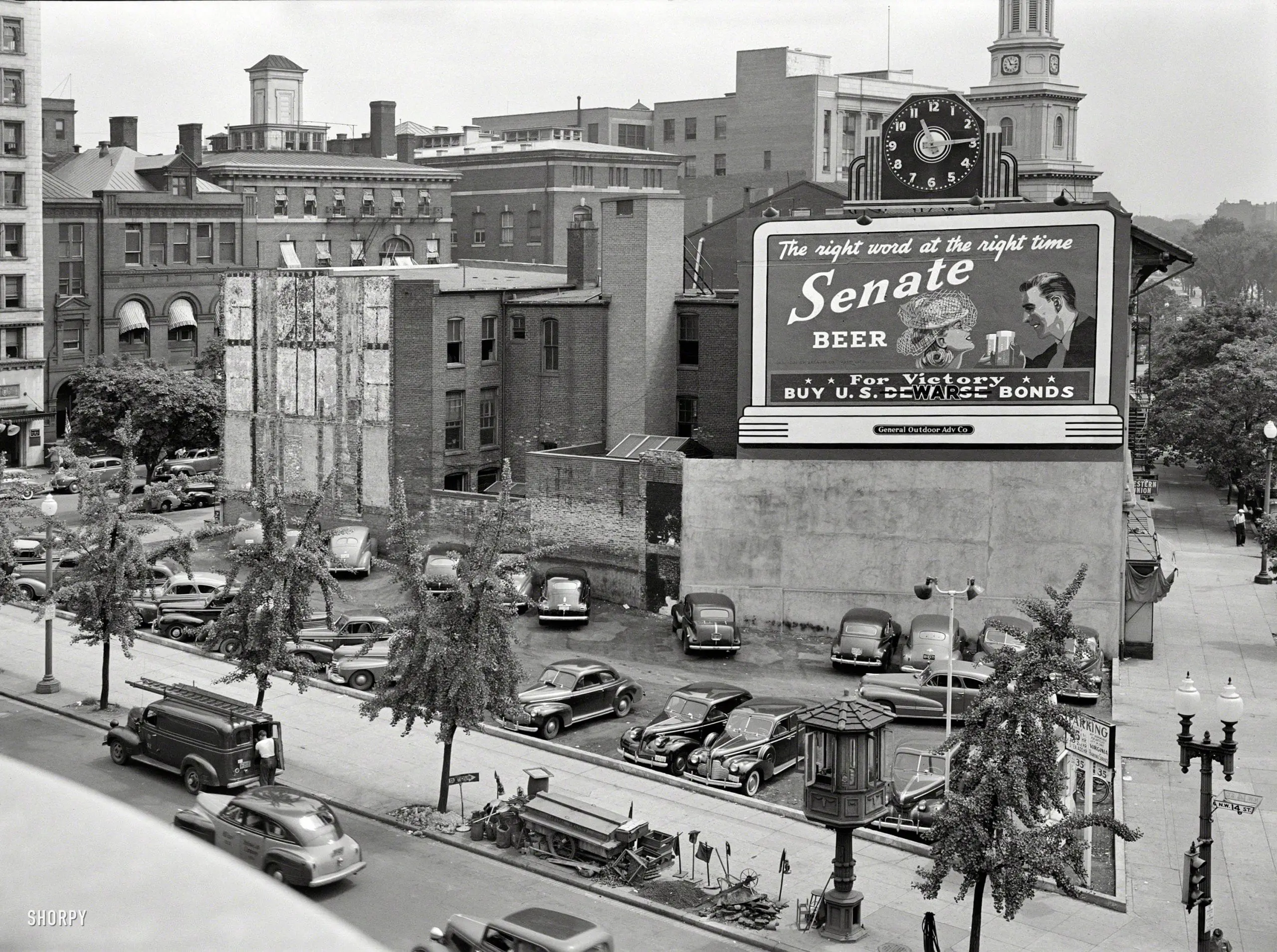
This image isn’t just about a moment in time; it’s a glimpse into how a community adapted to wartime challenges. The gas shortage, though a minor part of the larger war effort, had a direct effect on the lives of those in D.C.
Looking at this photograph today connects us to our past. It shows the adaptability of people during tough times. The streetcar control tower, amidst a city adjusting to less gasoline, stands as a symbol of that adaptability and resilience.
This piece of history, preserved through Freeman’s photography, is more than just a memory. It’s a reminder of how a city and its residents can come together and adapt to challenging situations, a lesson that remains relevant today.
